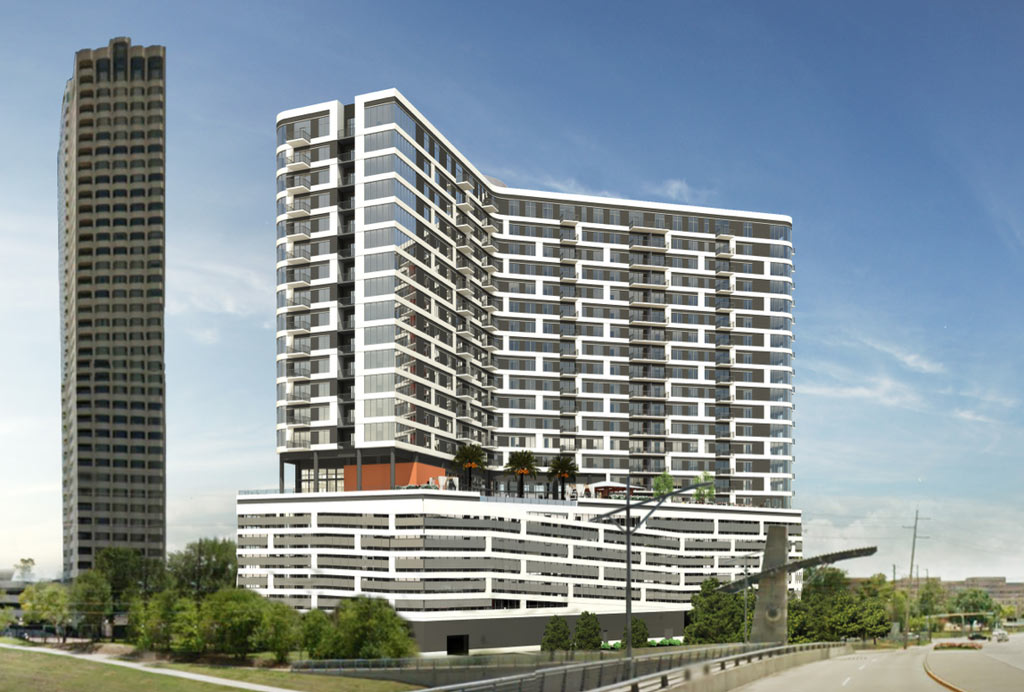
If you’re scoring which large residential projects are going ahead — despite concerns about a price-of-oil-induced downturn — and which ones are being quietly shelved, score this apartment tower from the Dinerstein Companies in the first column. “The medical center will shield us from the oil situation,” Dinerstein marketing director Emily Prevost declares to HBJ reporter Paul Takahashi. Construction on the Millennium Tower on a vacant lot at 1911 Holcombe St., just southeast of the Brays Bayou border of the official Texas Medical Center campus, is scheduled to begin on January 26th.
***
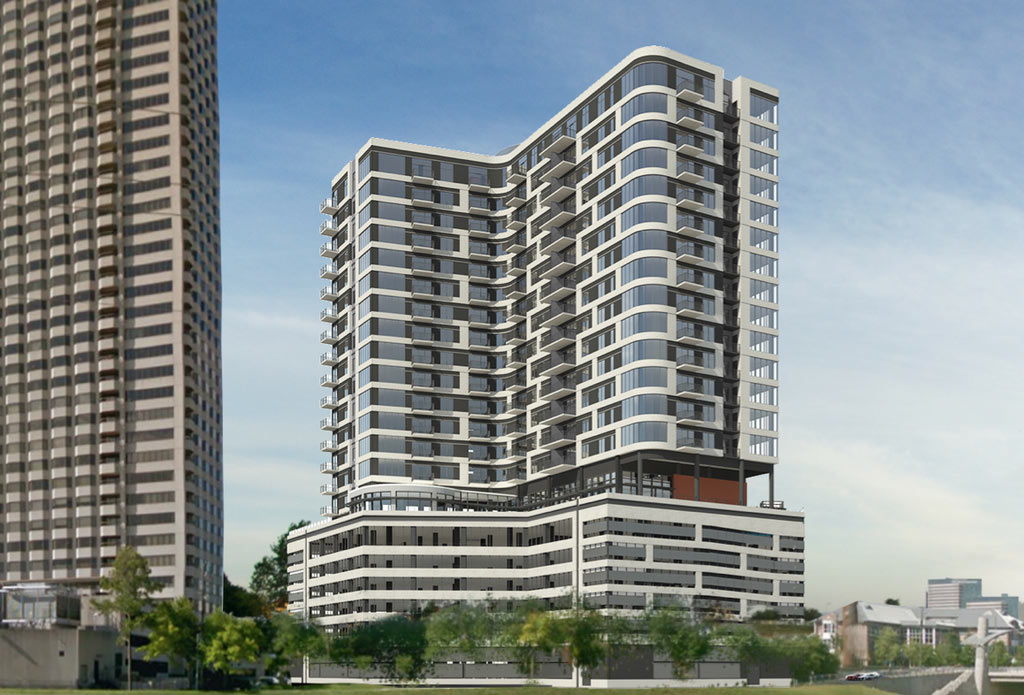
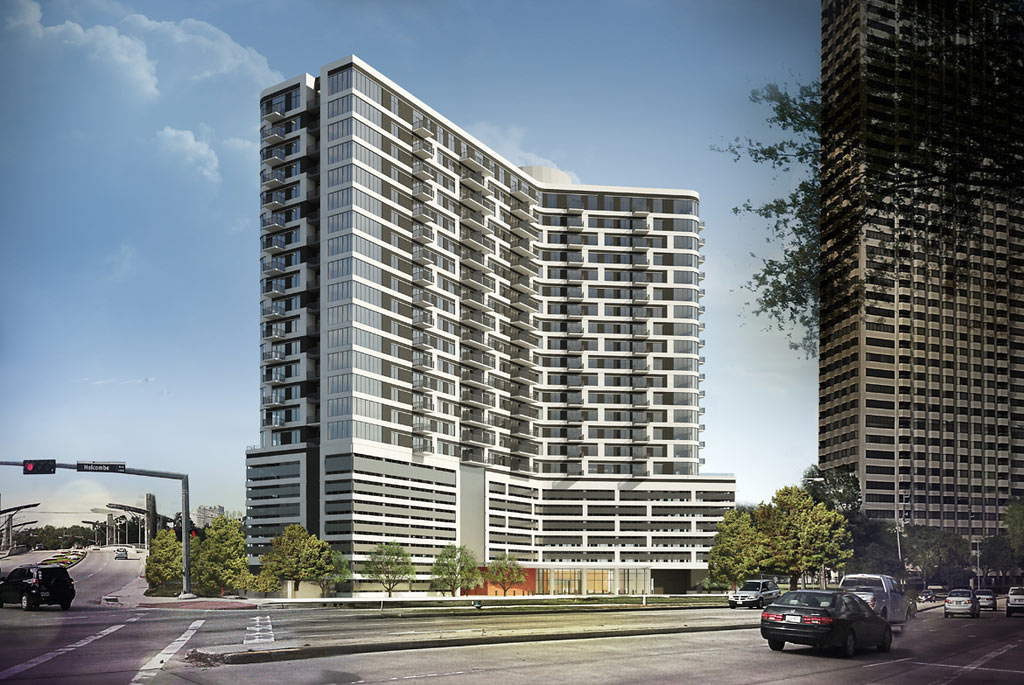
The tower, brought up to a height of 22 stories since our last report, has 3 hallways splayed on each of 16 residential floors; the design by Chicago architects Solomon Cordwell Buenz includes 375 apartments. A 6-level parking garage podium at the bottom will keep living spaces away from floodwaters, should the neighboring bayou decide to overflow again.
The adjacent tower shown in the above renderings is the Spires.
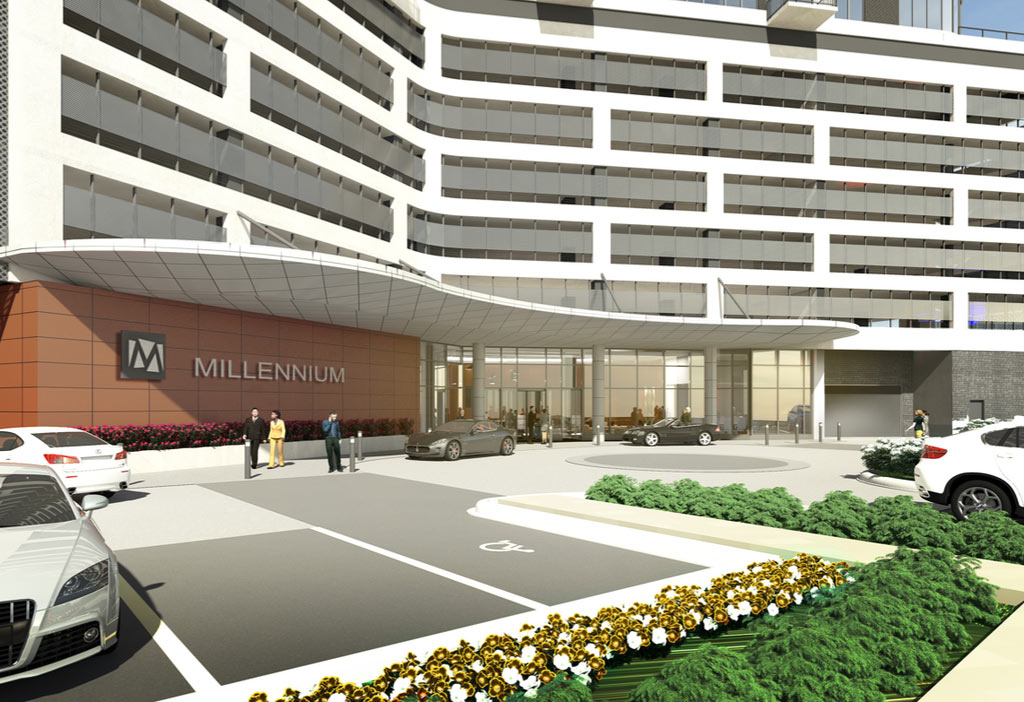
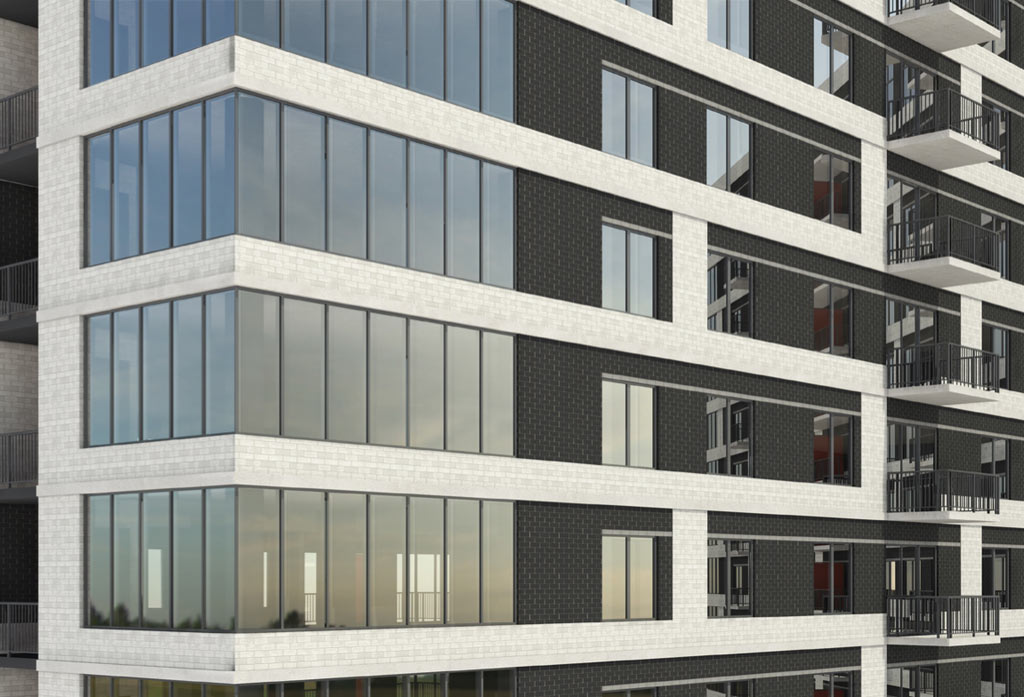
- Groundbreaking set for new luxury apartment tower near Texas Medical Center [Houston Business Journal]
- Previously on Swamplot: The Triple-Winged 21-Story Millennium Med Center Apartment Tower Moving in Next To the Spires
Renderings: Dinerstein Cos.


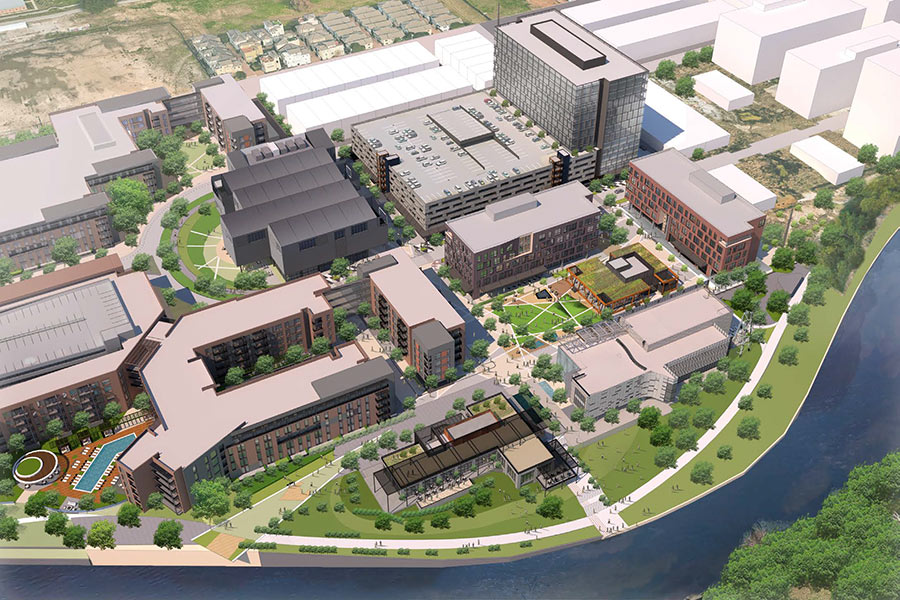


yes please, anything we can do to keep the doctors from moving north of 59. those poor O&G folks gotta afford somewhere to live too.
Oil indirectly affects TMC. Univ. of Texas institutions there include MD Anderson Cancer Center, a Medical School, Schools of Nursing and Public Health, to name a few. TAMU has a presence. Although UT almost always gets what it wants, and the PUF is a very deep pocket indeed, a prolonged downturn will decrease employment at these places (as has happened before), MDACC excepted, because it is the darling. The private institutions may suffer if donations dry up and endowments decline. NIH funding is already heinously competitive (under 10% success rate), and the long term effects of the ACA on hospital reimbursement are still unknown. But I’m sure the real estate guys have already thought through all this.
“The medical center will shield us from the oil situation.” That’s one of the most asinine statements I have read this week. Gotta love the smell of American exceptionalism. Home builders are already getting pinched, and the layoffs are only beginning….
http://aaronlayman.com/2015/01/margin-squeeze-lennar-homes-reports-higher-revenues-lower-prices-houston-tx/
The design looks like straight 1960. “The medical center will shield us from the oil situation,†so yeah dont’worry, when gas is cheap we always have the sick and dying.
The location of this project relative to the TMC and Hermann Park will make it an attractive property (although, say what you will about its architecture). They’ll be a great candidate for the coming ‘flight to quality’ trend and shouldn’t have any problem with occupancy, but this presumes that their rents and concessions being offered are commensurate with the market as a whole. That’s still going to be a problem for them.
@ Gisgo: Real estate professionals may understand how a small private-sector healthcare practitioner works, but they are very unlikely to understand the inner workings of massive hospitals, the functional or financial differences between for-profit and non-profit institutions, or anything at all about research programs or funding. Most of them don’t understand the energy business very well, either, although they do know just enough to plausibly rationalize an optimistic outlook for any investment occasion.
They will still be able to rent to well-to-do Americans and foreigners seeking treatment at the Med Center if they cannot find more long term local residents.